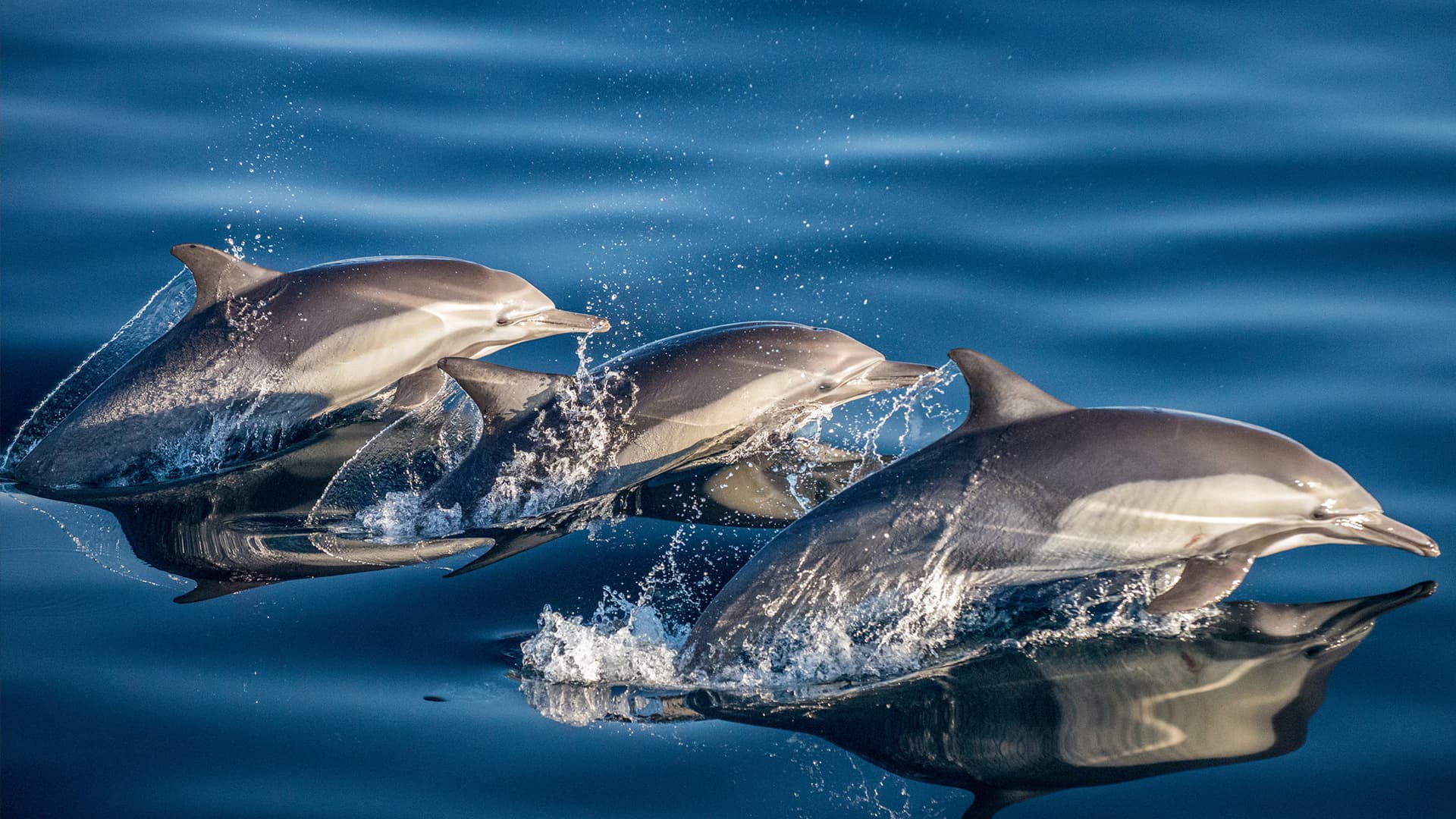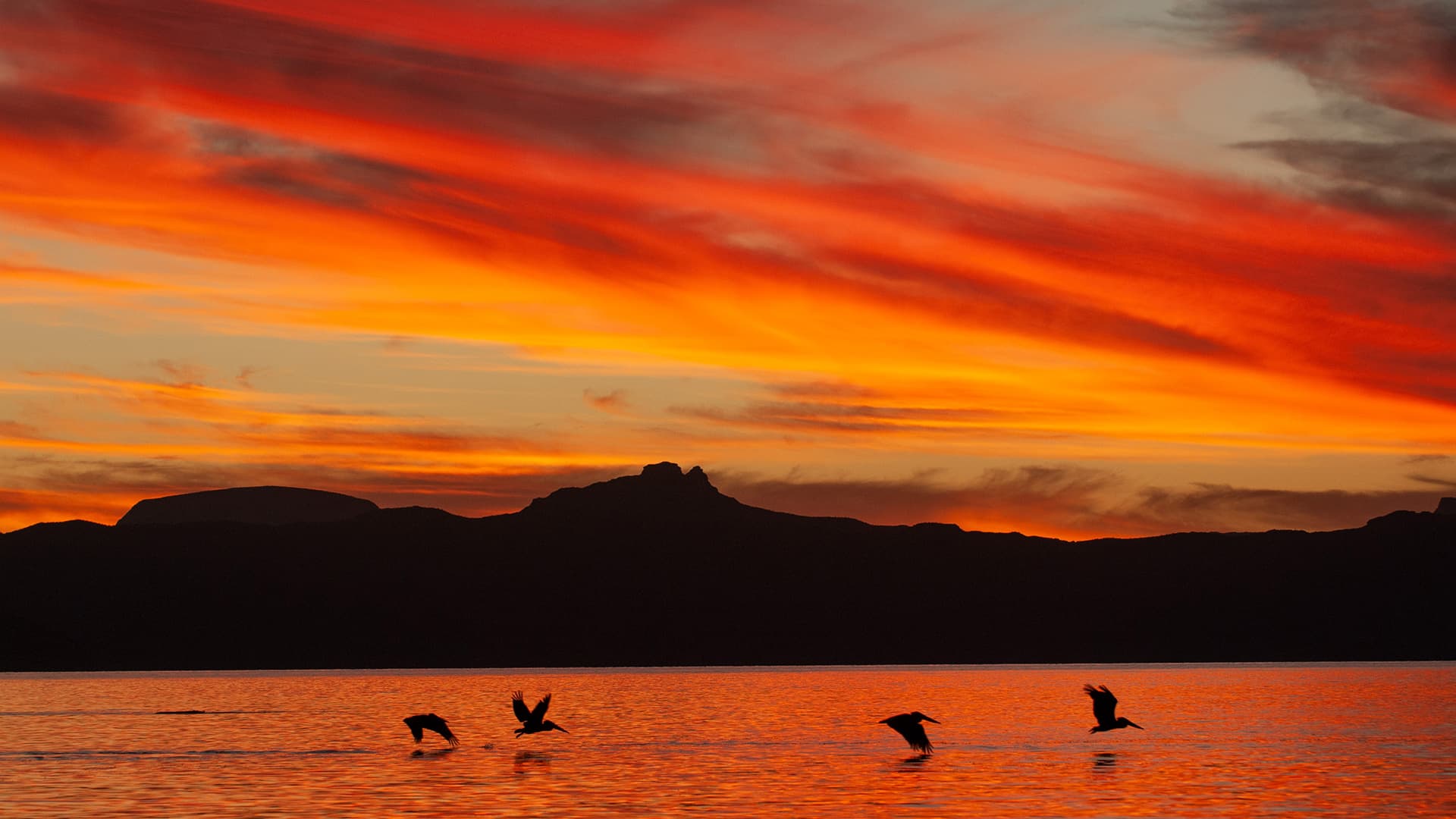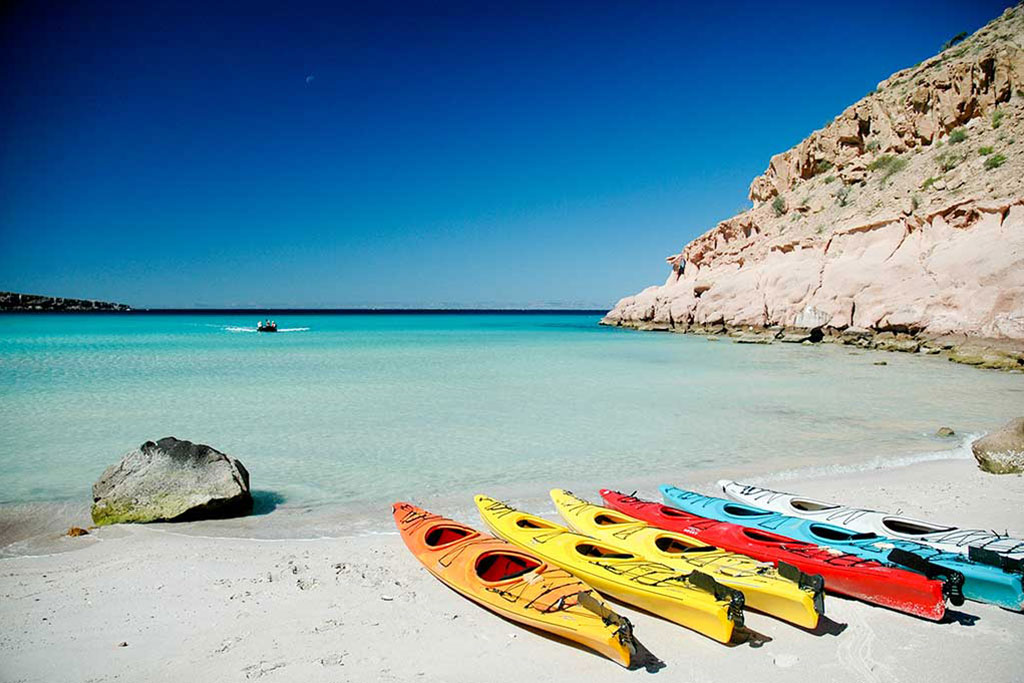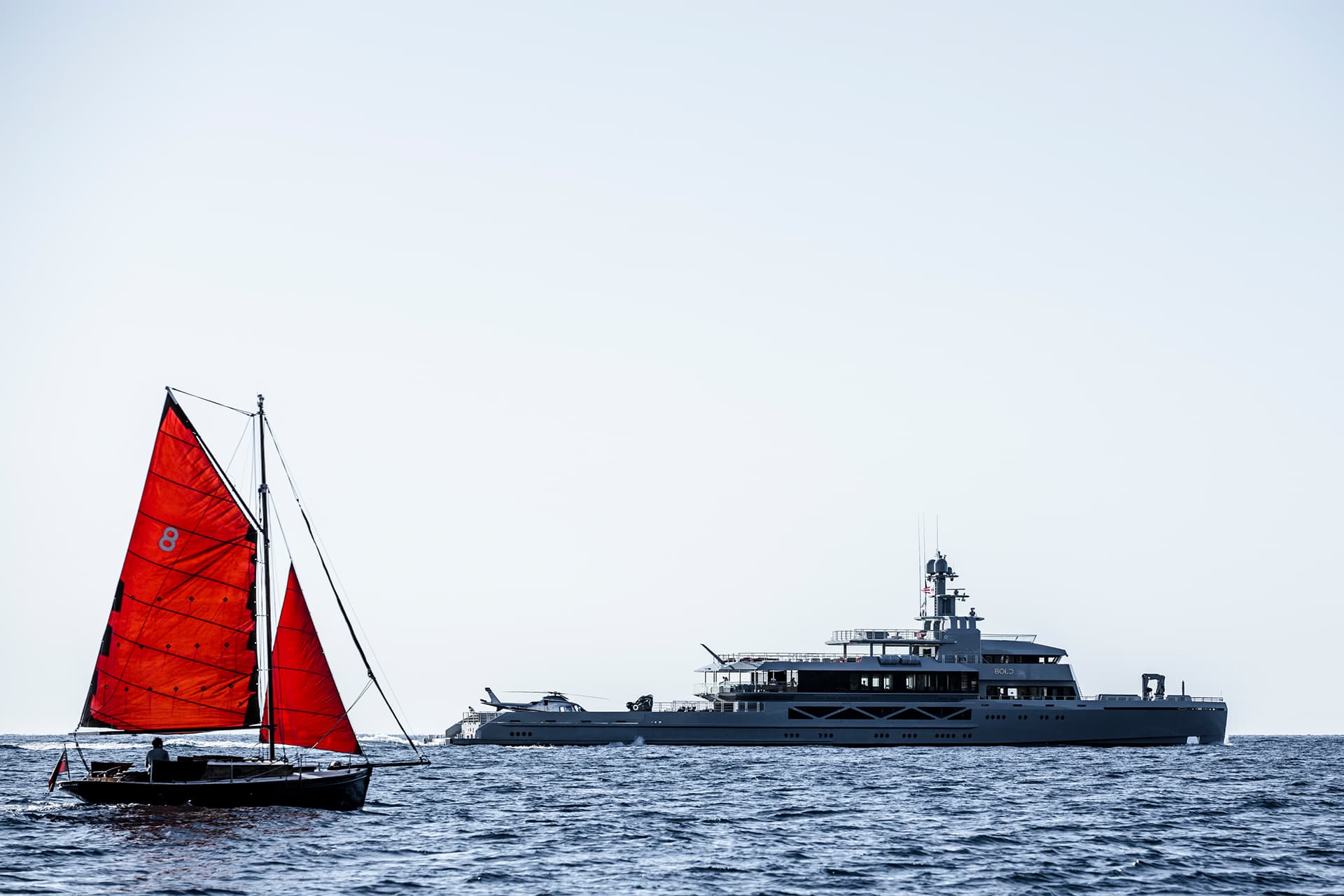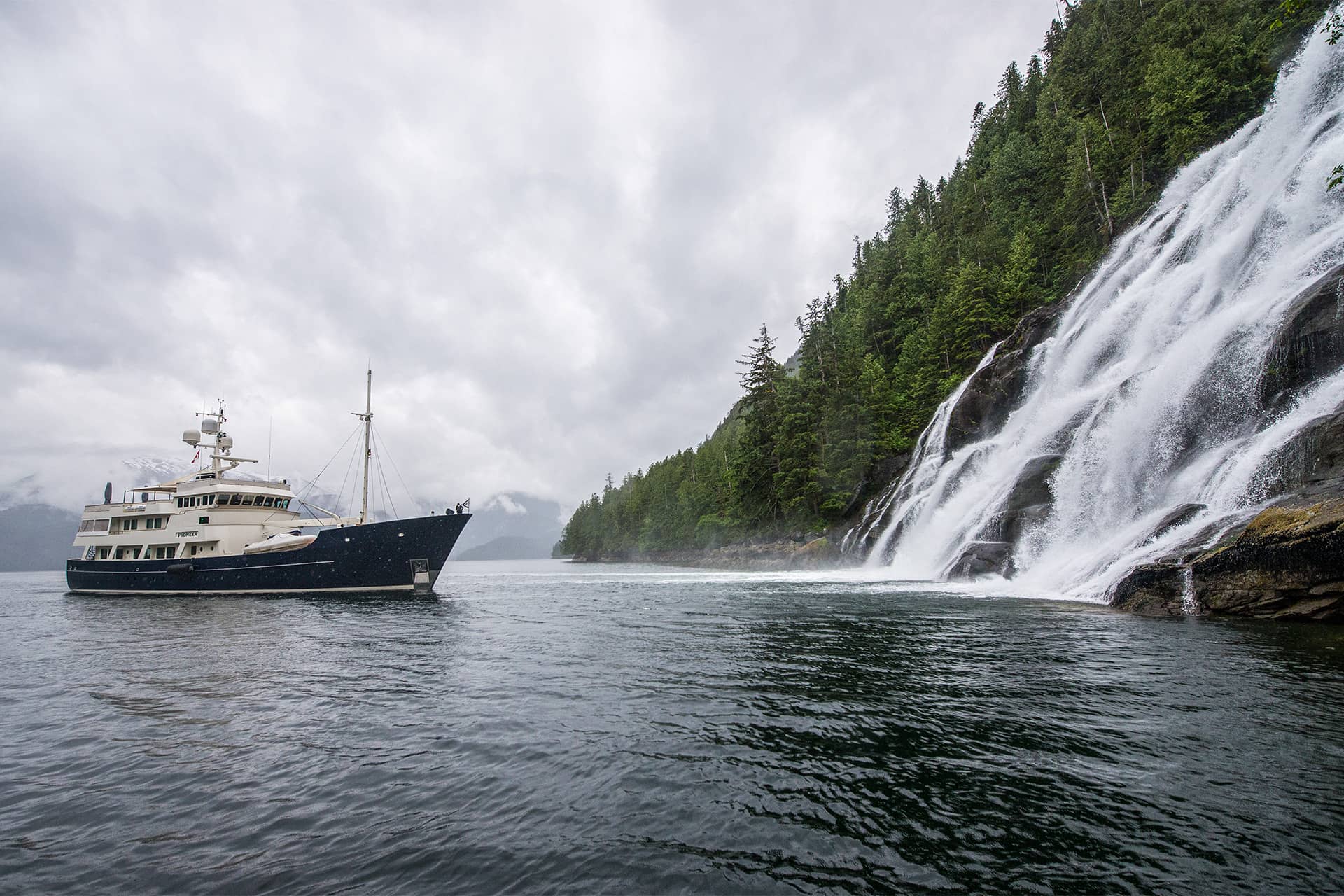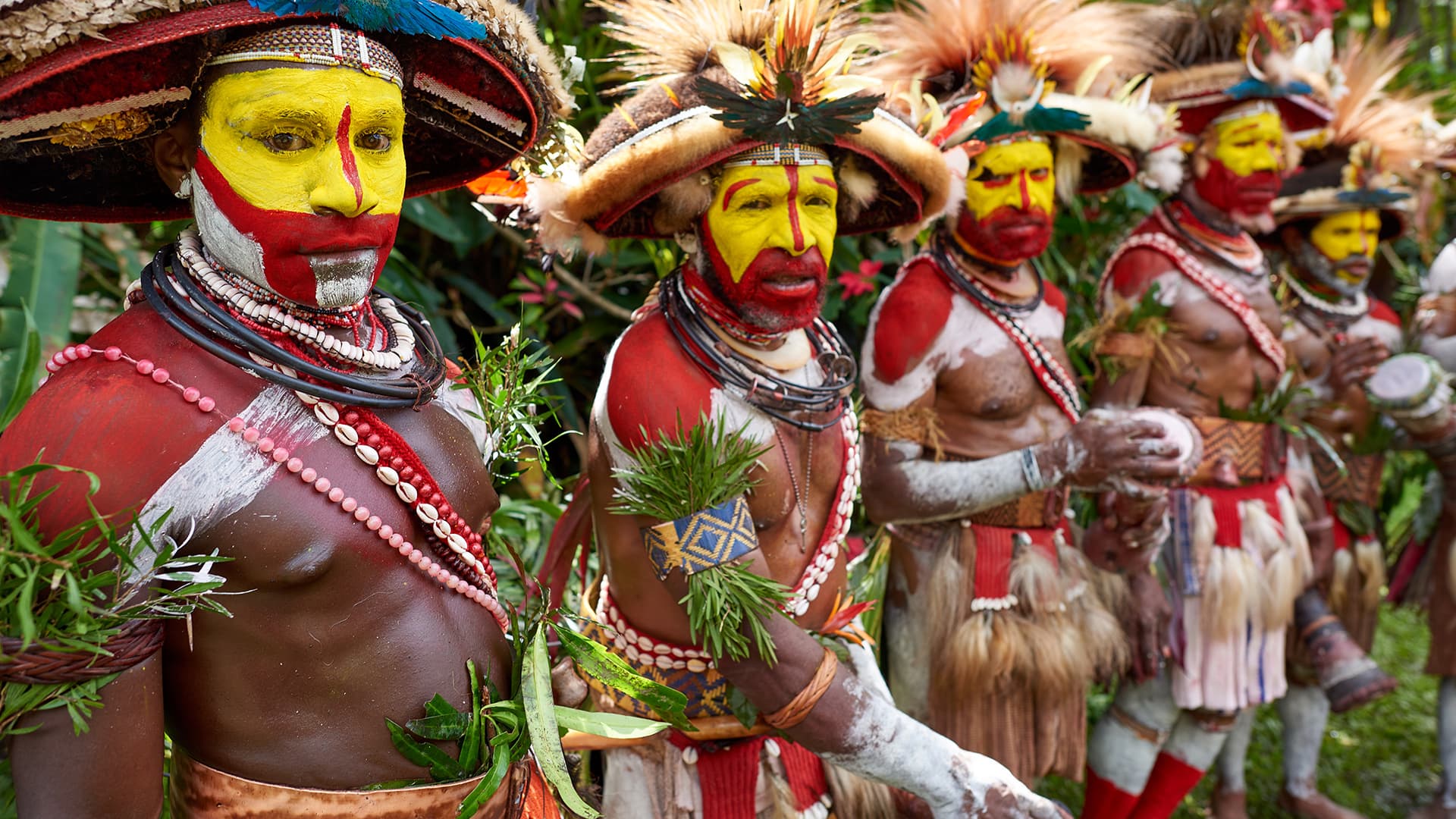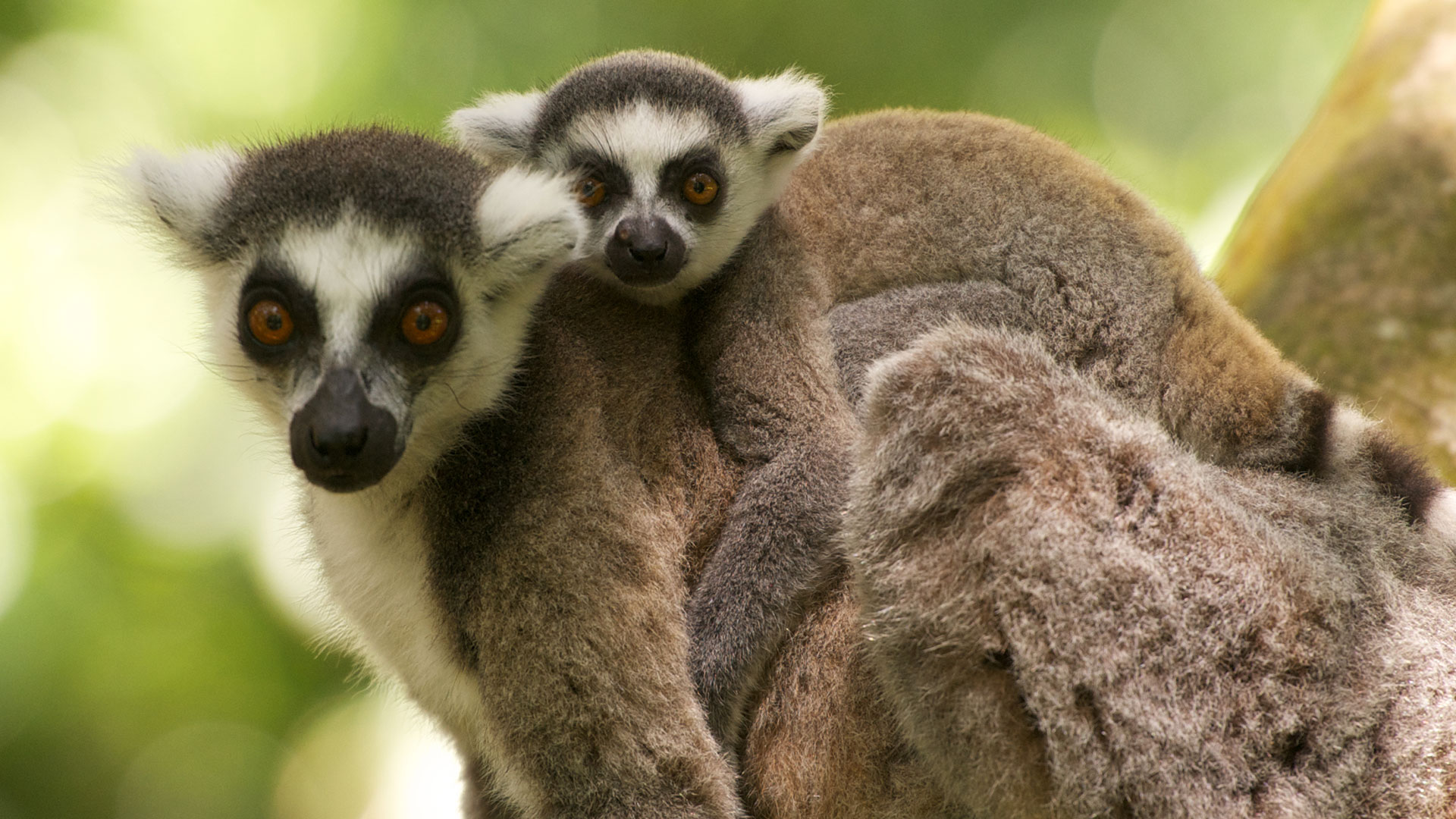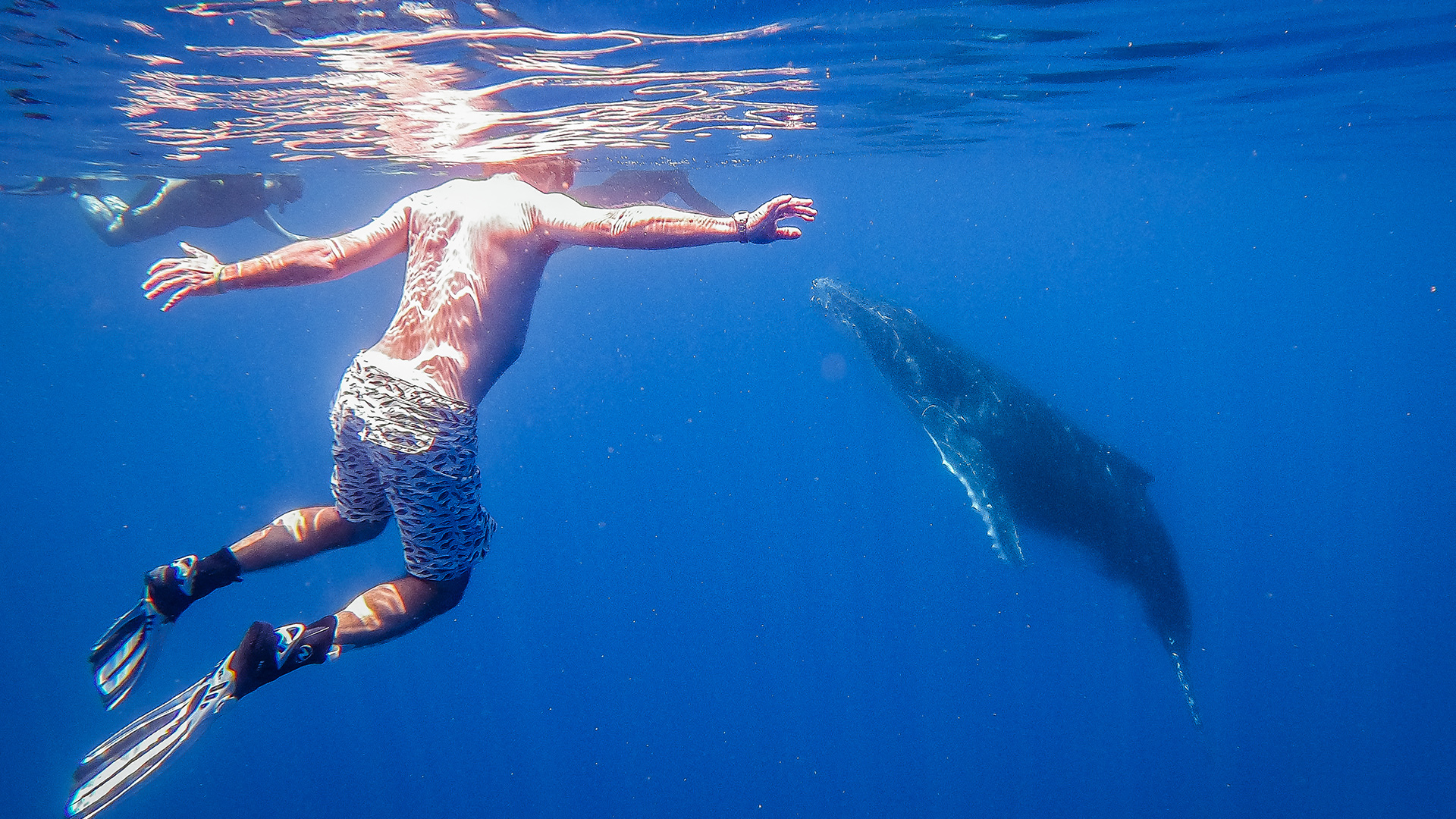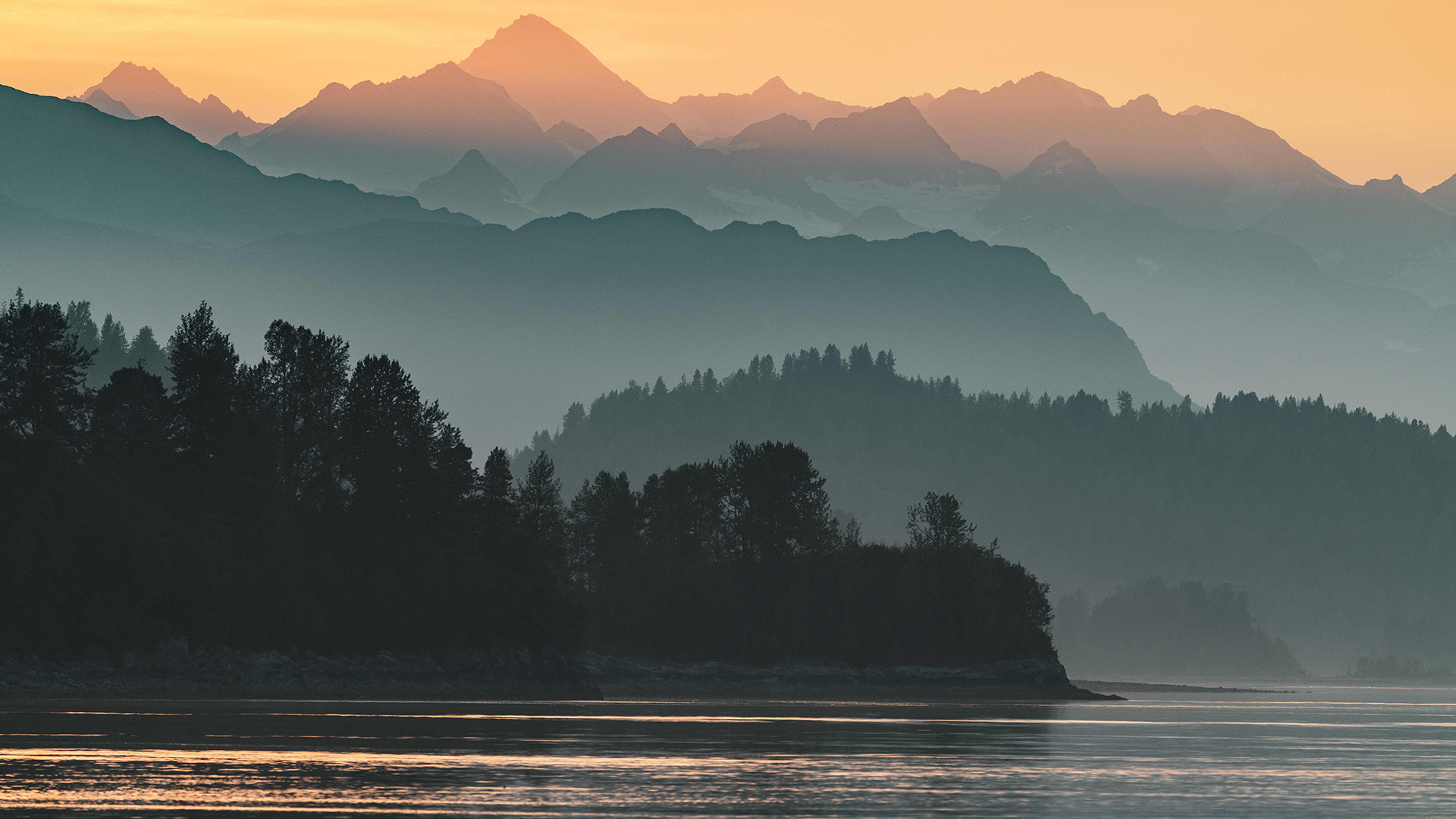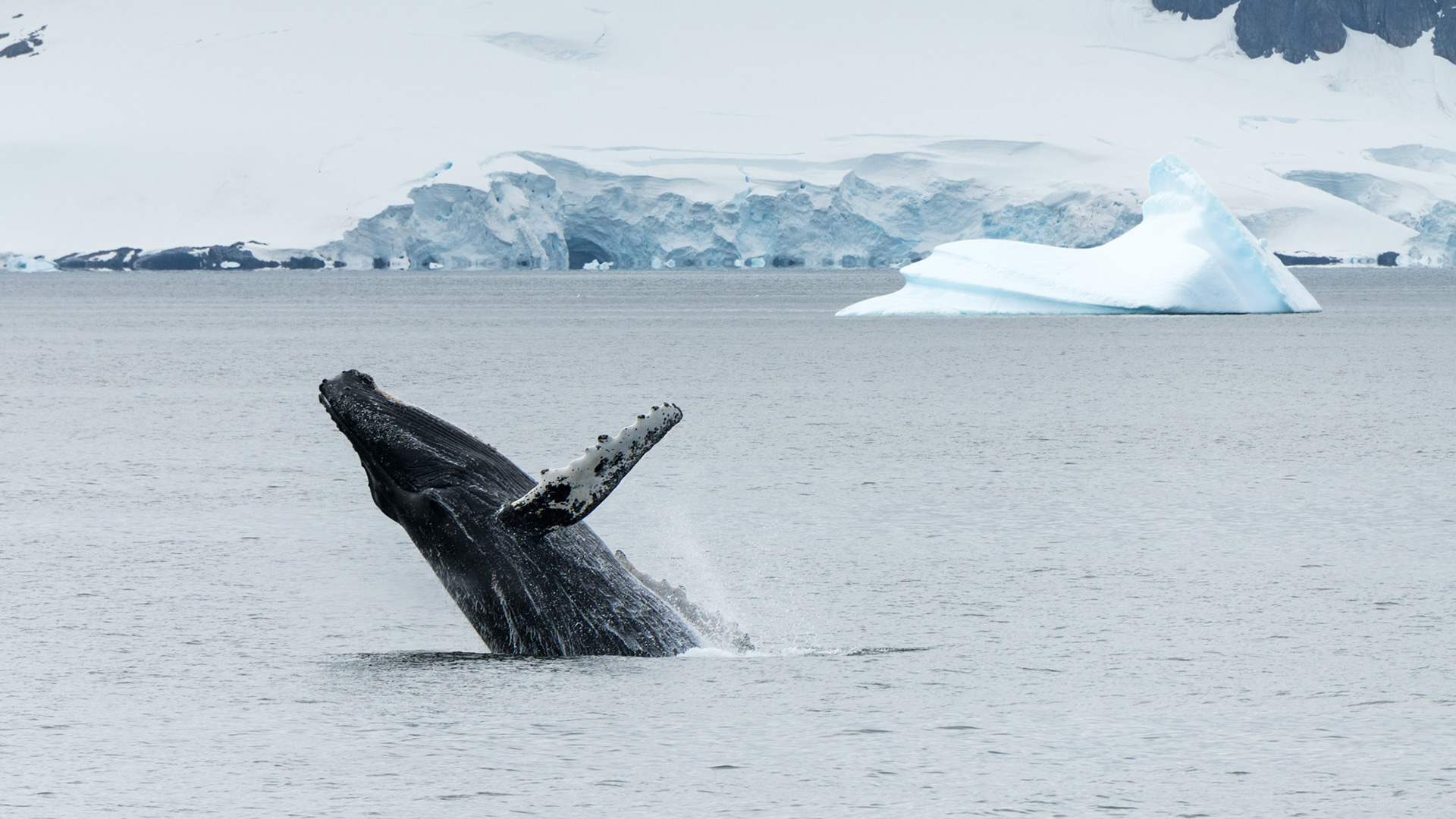THE SEA
OF CORTEZ
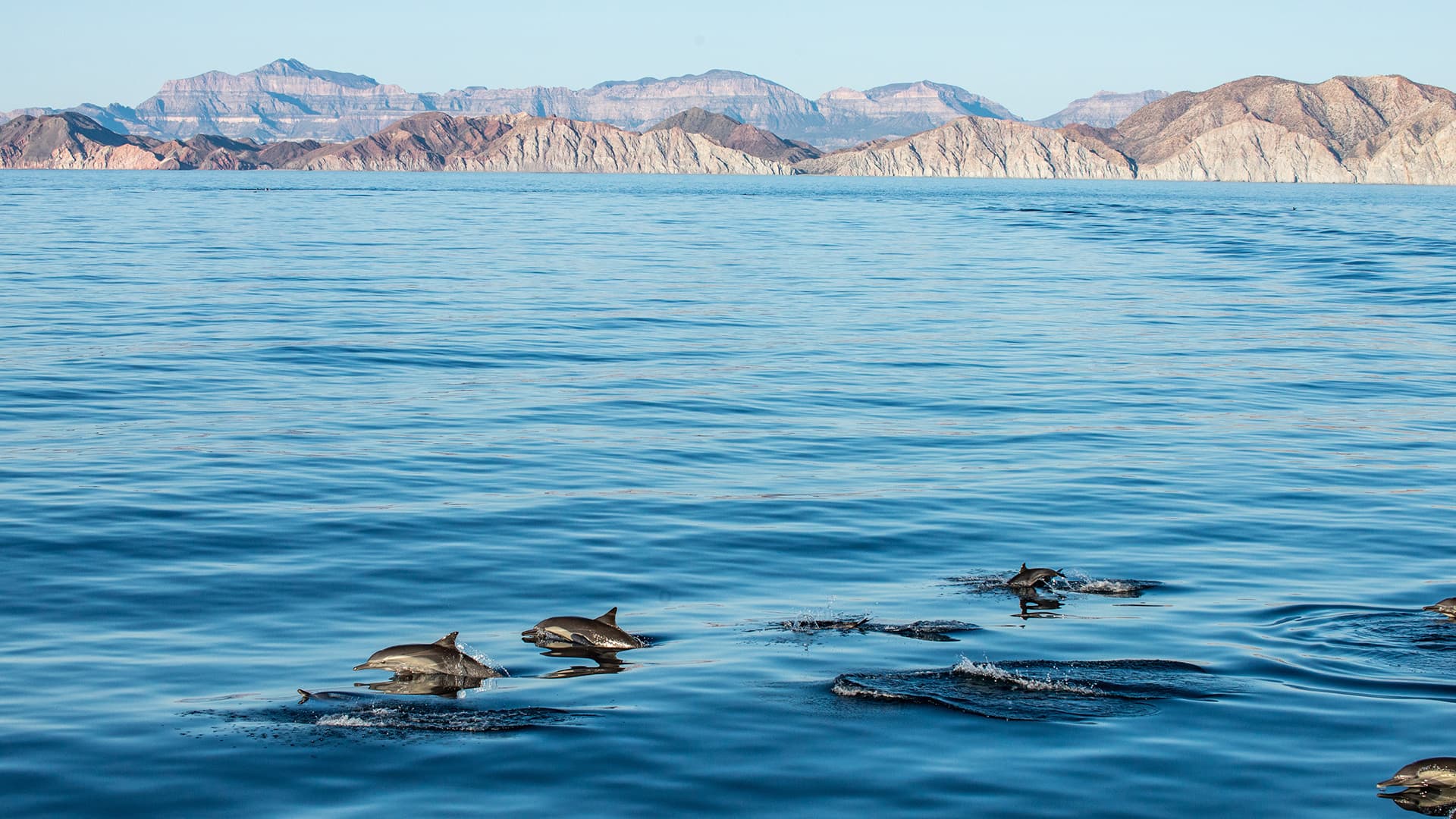
The Sea of Cortez, or equally correct but less evocative, Gulf of California, is a young place geologically, forming within the last 10 million years when the incipient San Andreas fault slipped underneath continental North America and caused quite literally a rift in the fabric of western Mexico.
The abundance of phytoplankton is so rich that the gulf has gained the name, among other monikers, the Vermillion Sea. This life-blood water feeds shrimp, fin, blue whales, and over 900 fish species directly. The fish feed pelicans, dolphins, toothed whales, sea lions and others in a captivating web of life. Humans too have been attracted by this abundance for millennia. Archaeological sites dotted amongst the Gulf’s 922 islands show a long history of dependence upon this cornucopia of marine life.

A WHALE WATCHERS
PARADISE
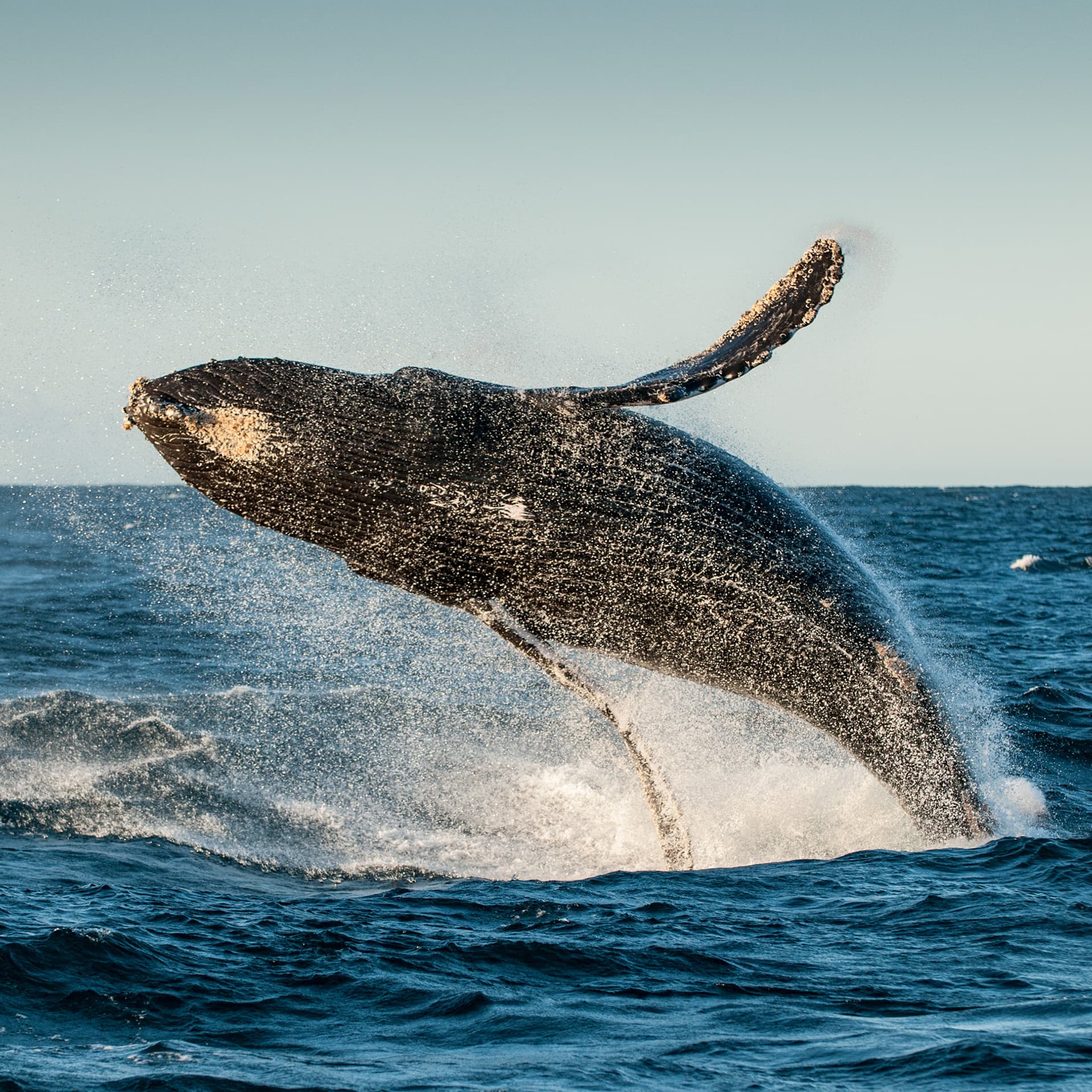
In stark contrast to feeding frenzy that attracts other species within the gulf, fasting Grey Whales are attracted nearly 6000 miles to the warm protected bays along Pacific coast of Baja to calf and nurse their young. Between December and April, with a peak in February and March, Grey Whale mothers can be seen rearing their inquisitive calves on the western bays of the peninsula before they begin their long migration to their feeding grounds along Kamchatka, leaving behind the bounty of the Sea of Cortez to their blubbery brethren.

SAMPLE ITINERARY
BAJA CALIFORNIA
